
Amit Divekar tells us about the origins of insect jewellery and its fascinating incarnations
Beware Entomophobics! And even some others, I know you might twitch your noses, frown or even utter a repugnant grunt, but insect jewellery is and has always been uber chic! It is in fact one of the oldest heritage trends in fashion. Believe it or not, these crawlies crept into closets as early as circa 1700. In the Georgian and early Victorian period, fashion was drawing a lot of its inspiration from Mother Nature. Various elements like flowers, leaves, birds, animals and therefore insects had begun to rear their heads in the conceptualising and design of jewellery. Insect cameo brooches and hairpins were the first to make a foray into fashion.

An insect hairpin back in Victorian times
Mostly bugs and dragonflies were the insects of choice back then and garnets and pears were the preferred stones. Fastidious ladies proudly donned these baubles on the collars or bosom of their lacy, velvety frocks or held their mink or other furs together with them. Since those elaborate afternoon tea parties to todays fancy nightclub dos, whatever be the milieu insect jewellery has survived, flourished and always made a statement.

Grasshopper brooch
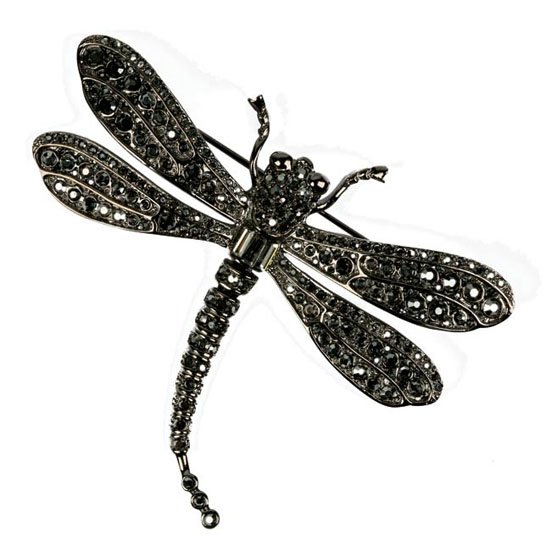
Dragonfly brooch
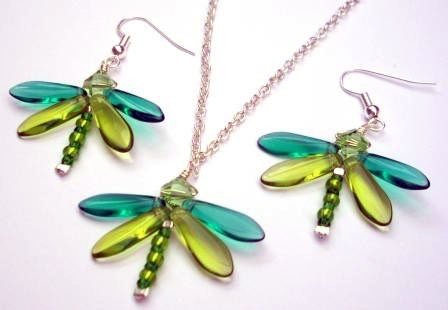
Dragonfly pendant and earrings
As years passed by and as fashion evolved, insects found themselves fluttering about in all kinds of jewellery and accessories like earrings, pendants, hairpins, rings, bracelets, footwear, purses, belts etc. Also a lot of experimentation with different kinds of metals like gold, silver, nickel, brass, copper, platinum even iron, as well as a million different stones including diamonds lead to many nuances and twists in this very niche kind of jewellery. Needless to say every existing insect and even reptile was imitated. Apart from the veterans i.e. bugs and dragonflies which continued to hold on to their high post, spiders, butterflies, bees, grasshoppers, snakes and chameleons gained immense popularity.
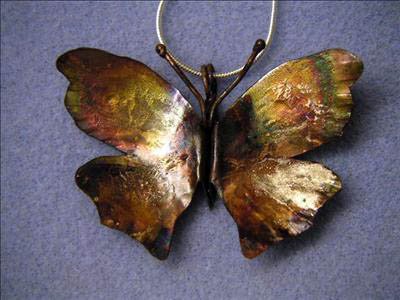
Butterfly pendant in copper and silver
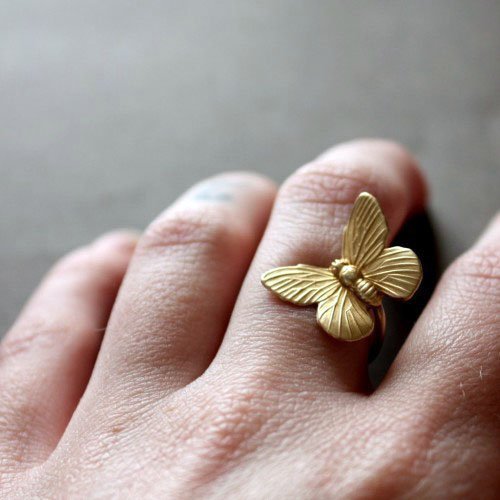
Butterfly ring
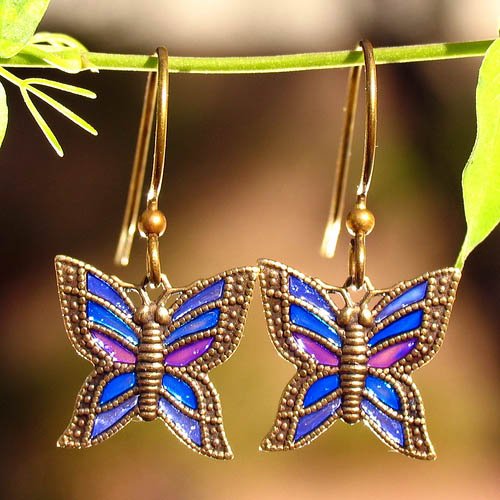
Butterfly earrings
Since then to date, many a world famous jewellery designers like Cartier, Bucheron, Van Cleef and Arpels, Fouquet, Tiffany and Co., Harry Winston etc have been successfully producing and selling insect jewellery. Of course over the years, designers, celebrities and fashionistas have lapped up this trend and made it their own. They have transformed insect jewellery to suit contemporary styles by tweaking it in new and personal ways to express their individuality.

A large insect pin
I suppose the prime and most significant point when it comes to insect jewellery is that for eons now, it has never lost its very antique look and its very vintage style. One can hardly find insect jewellery made out of acrylic or plastic or any such cheap artificial material. Luckily the 70s and 80s did not succeed in dragging insect jewellery down fake, neon, plastic fantastic lane. It always has to be metal and/or stones. Anything else just wouldn’t be right! Naturally, these precious pieces of jewellery are absolute classics.

Blake Lively

Dita Von Teese wearing snake bracelet
A beautiful dragon fly brooch or pendant for example, looked fabulous when it was worn with a low waist shift dress or on a benetted bonnet in the 50s. And in 2012 it looks equally fabulous worn with a slim fit silk pantsuit, a beautifully draped gown or even the LBD. Although broadly speaking insect jewellery is quite a Western concept, it has had marginal presence in the Far East. Fact is, even in our very own India one in bound to find a lot of traditional Parsee women hold up their gara pallus with such brooches.



A cicada pin
Very interestingly though, East or West, insect jewellery more often than not is an heirloom, something your grandmother gave you, which automatically makes it very special and exclusive and attaches a lot of sentimental value to it. Essentially something you cherish and enjoy all your life and then pass it down to posterity. If you have been lucky enough to inherit a charming piece of insect jewellery from an ancestor, please hold on to it, as it is timeless and priceless. If nothing else, they say today art and antiques are an investment. Who knows, years later your great grandchild might make a fortune for it at an auction.
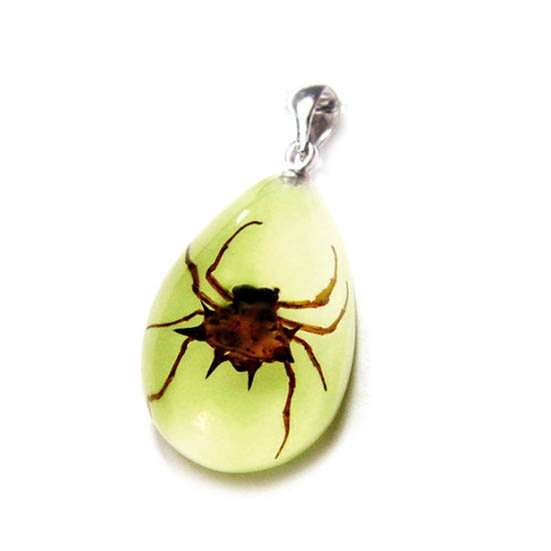
A real dead insect embedded in glass pendant
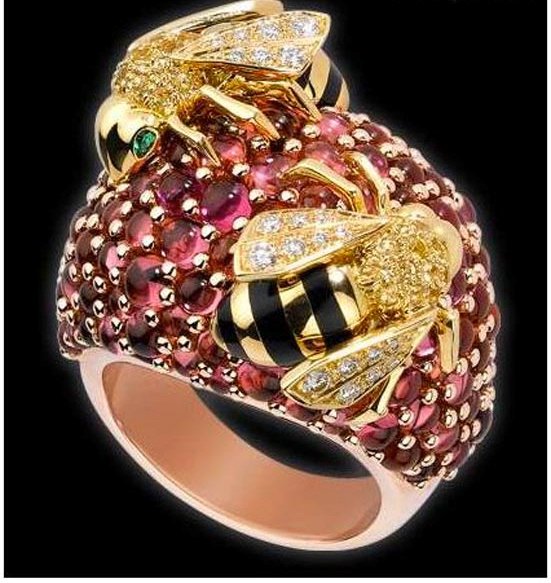
Insect jewelry from Cartier

I must mention here rather remorsefully, something that has been gnawing at my conscience. A few months ago at a flea market in Johannesburg, South Africa, I found the most beautifully crafted, authentic vintage Victorian, silver bug brooch at an old English lady’s tiny stall. It won my heart at the first glance and I certainly over stayed my welcome while contemplating buying it. But ultimately in the process of bargaining and buying some other items from her I kind of let it go. Ever since, I have not stopped thinking about it. The deep emerald dome like speckled stone that was the bug’s body and the silver intricate, unreal limbs still call out to me. So may I suggest that if you ever find an exquisite piece like this one, impound it at once before you change your mind! A bug in hand is better than two in a bush.
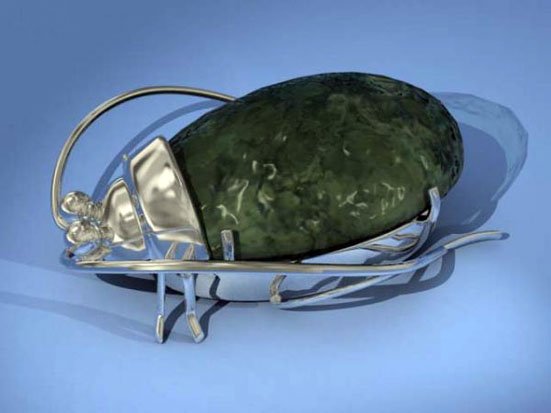
The bug broach I DIDN'T pick up 🙁



0
comments